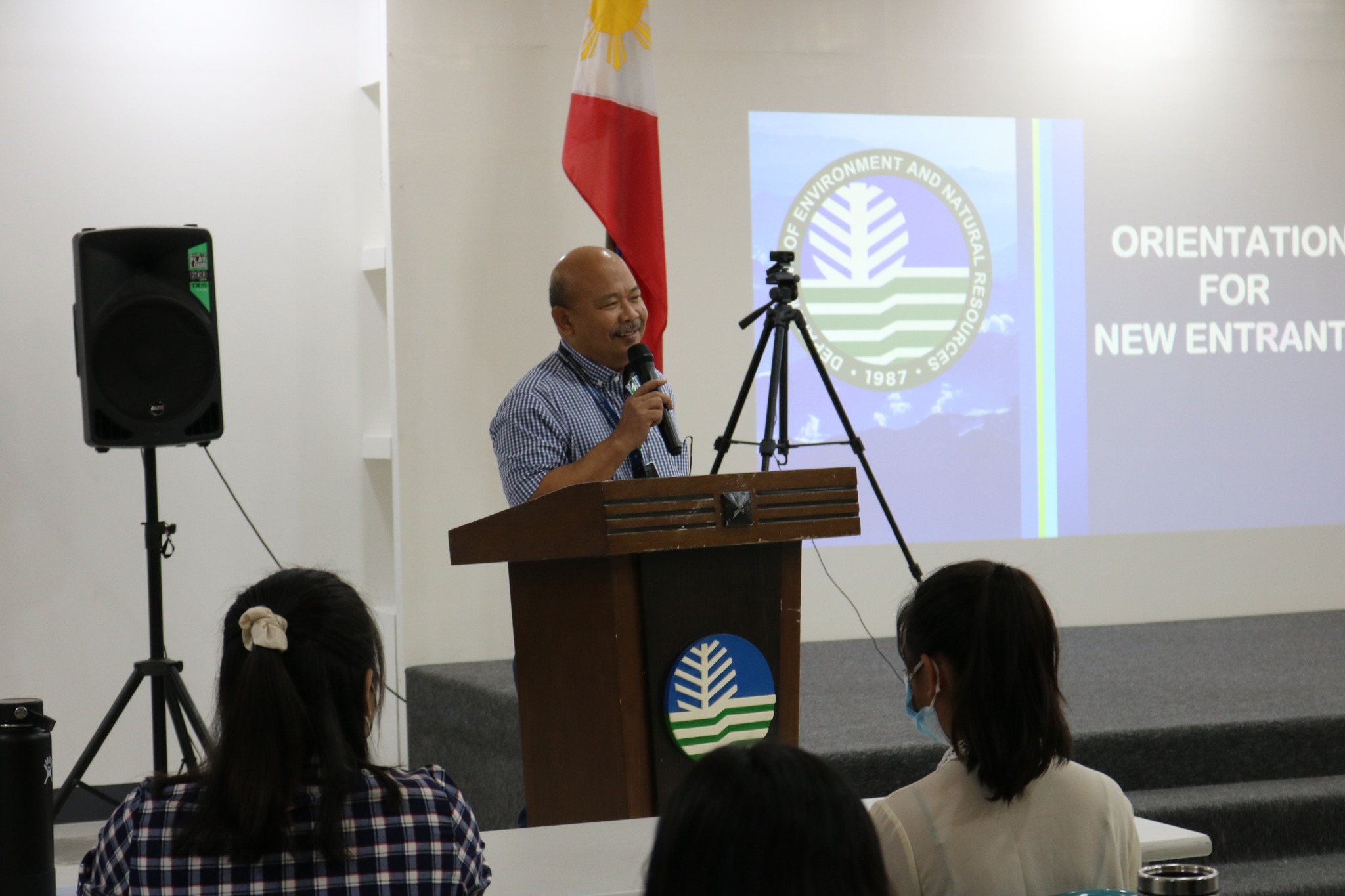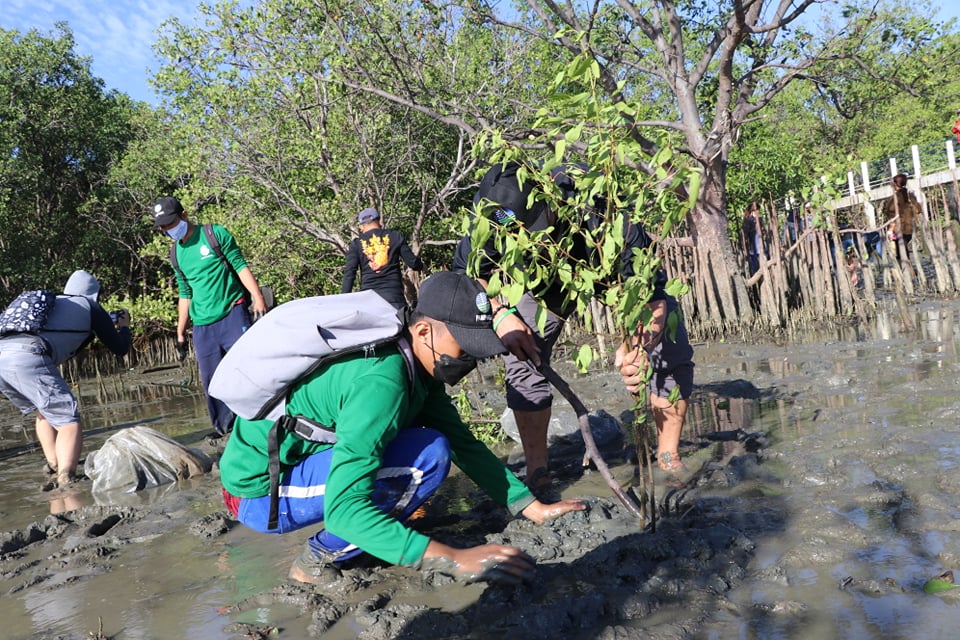DENR EMPLOYEES' ONBOARDING PROGRAM TO BOOST ORGANIZATIONAL PRODUCTIVITY.

DENR EMPLOYEES' ONBOARDING PROGRAM TO BOOST ORGANIZATIONAL PRODUCTIVITY. The Department of Environment and Natural Resources (DENR) here organized an onboarding program for 60 new entrants and promoted employees in an effort to arm them with a comprehensive understanding of the organization’s priority programs and policies.
In his message, Assistant Regional Director for Management Services Arturo Fadriquela noted that the activity served as a channel to inform new employees of the mandates and thrust of the Department, especially on developing appreciation on their roles not just as government personnel, but most of all, as public servants.
“Human capital is the greatest asset of our organization. We want to help our new employees reach their full potential, as this will eventually advance our overall performance to reach or even go beyond our goals,” Fadriquela said, adding that the onboarding program provided a roadmap on guiding the group in performing their jobs, while adhering to the government’s rules and regulations.
During the orientation program, topics on DENR Administrative Policies and Procedures, Employee Welfare and Benefits, Property and Supply Management, Quality Management System, and Good Governance were discussed among the participants. (-30-)
- Details
- Parent Category: News & Events
- Category: Photo Releases








